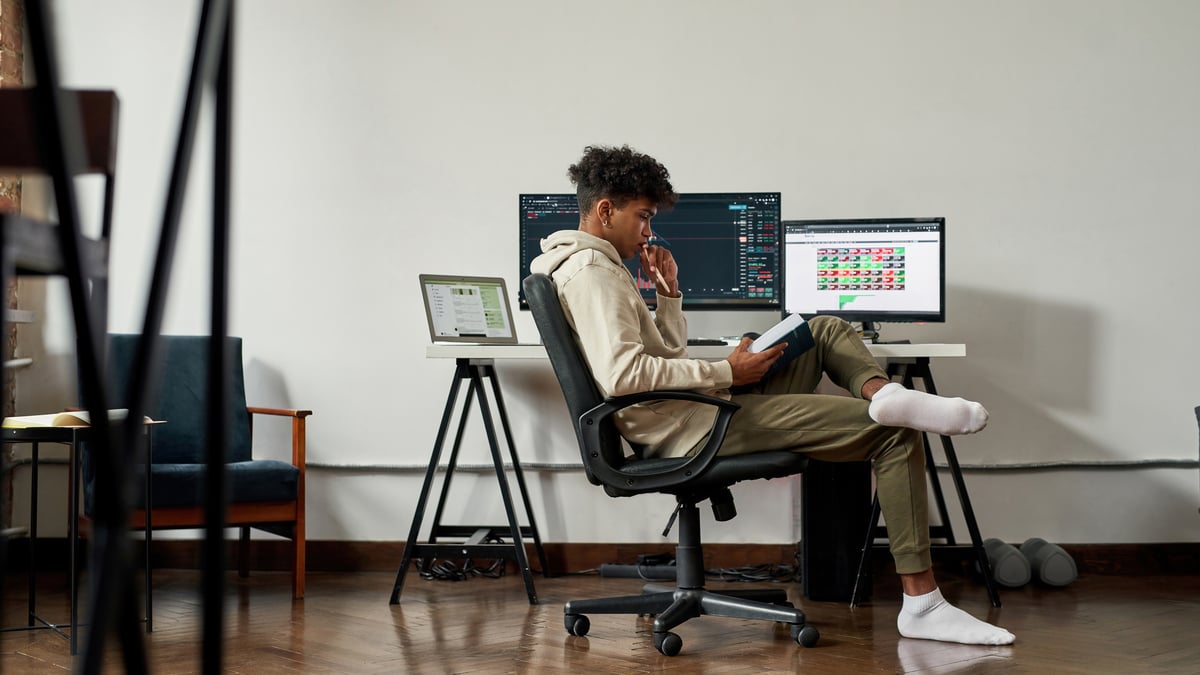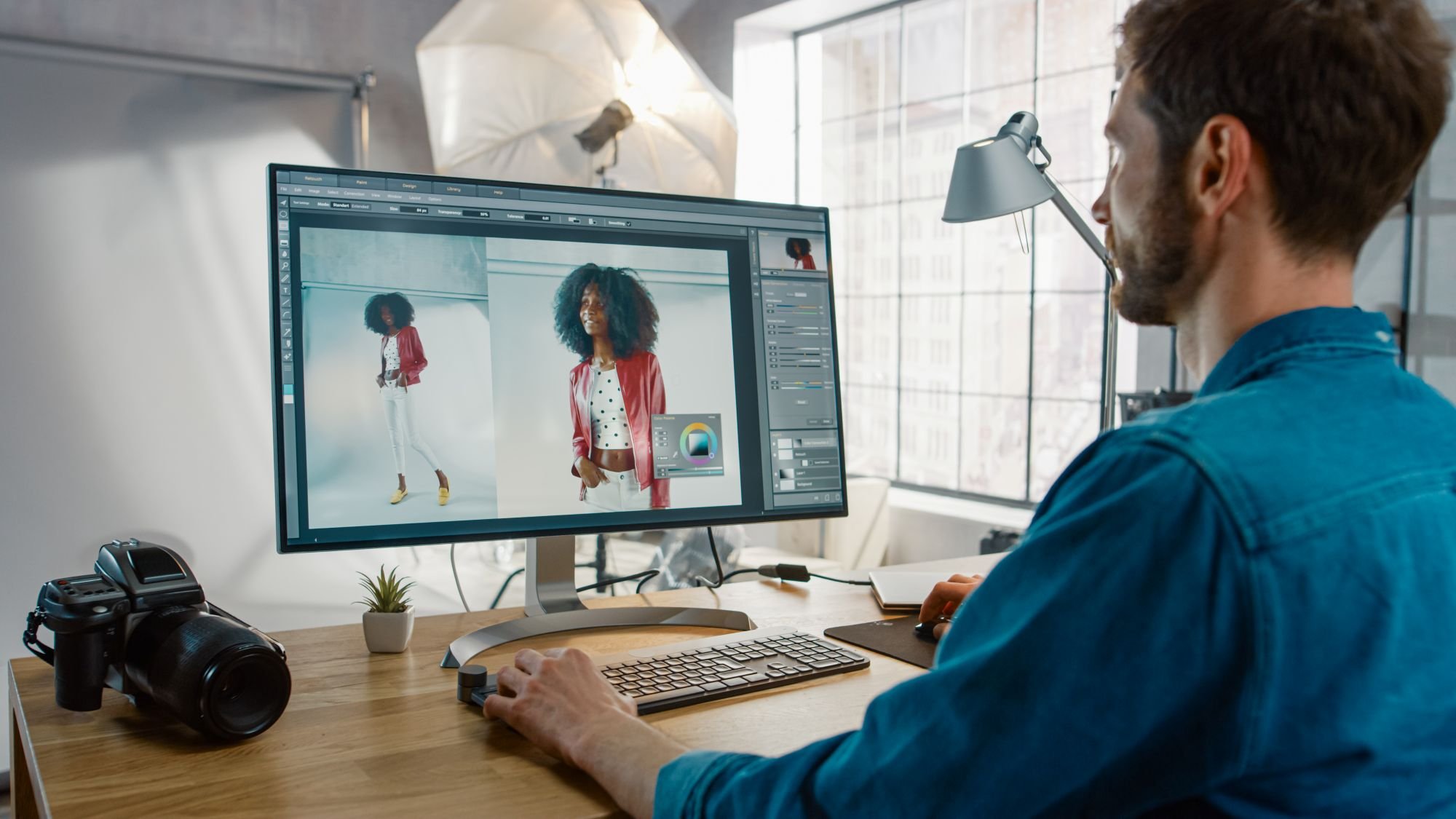Shares of design collaboration software company Figma (FIG 0.84%) rallied 6.7% on Tuesday as of 12:15 p.m. ET.
Figma just became a public company on July 31, and recently held its first earnings release on Sept. 3. The company, which Adobe attempted to acquire before Figma's initial public offering (IPO), has been a roller coaster stock-price wise. After rallying 250% after its IPO, the stock has come crashing back down to earth, but has still remained well above its $33 IPO price at roughly $57 heading into today.
The stock surged higher after artificial intelligence darling OpenAI announced yesterday that Figma would be available to use inside OpenAI's ChatGPT app.

NYSE: FIG
Key Data Points
OpenAI partners are getting blessed by the market
Yesterday, OpenAI launched its Apps SDK (software developer kit), in which users will be able to utilize certain popular software programs within the ChatGPT app. Figma was one of those apps, and today, the stock rallied alongside other names that were also mentioned.
During the presentation, OpenAI CEO Sam Altman explained how someone using ChatGPT could upload a drawing and then ask Figma to turn it into a workable design. And Figma executive Luke Zhang explained in a company blog post that ChatGPT will recommend using Figma to users when it thinks Figma's capabilities might be relevant. Zhang also noted Figma users will be able to use ChatGPT to automate or brainstorm design tasks within the app, such as asking for trade-offs in design specifications, mapping out user journeys, or building product launch calendars.

Image source: Getty Images.
It's OpenAI's season
It's kind of odd that the biggest economic kingmaker today may not be a public company but rather a private start-up, OpenAI. However, that appears to be the case, with OpenAI partnerships and collaborations boosting the stock prices of already large companies.
Figma is an exciting company as evidenced by Adobe's interest and last quarter's 41% revenue growth. However, its current 33 times price-to-sales ratio is quite high, making it a risky buy at these levels.





